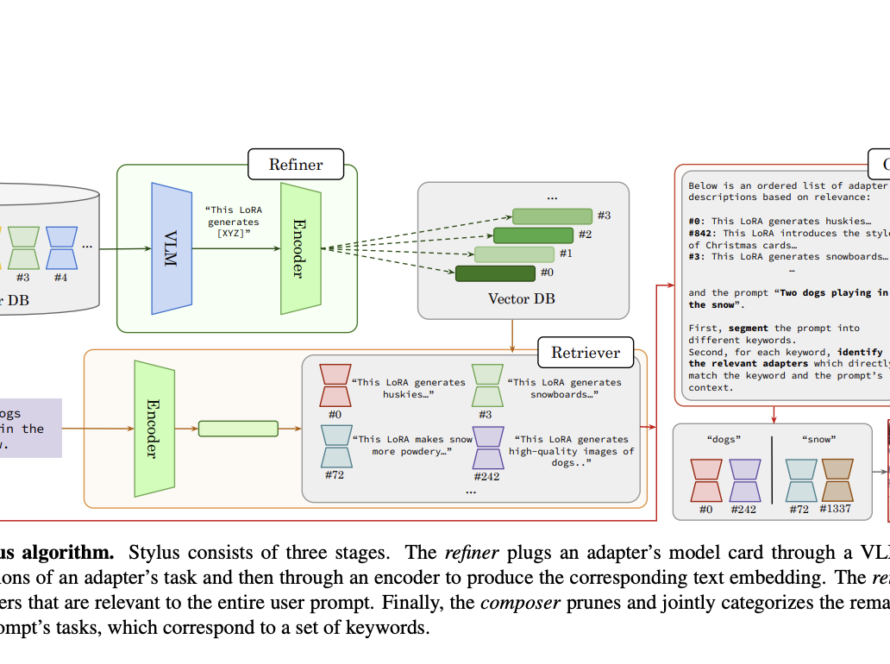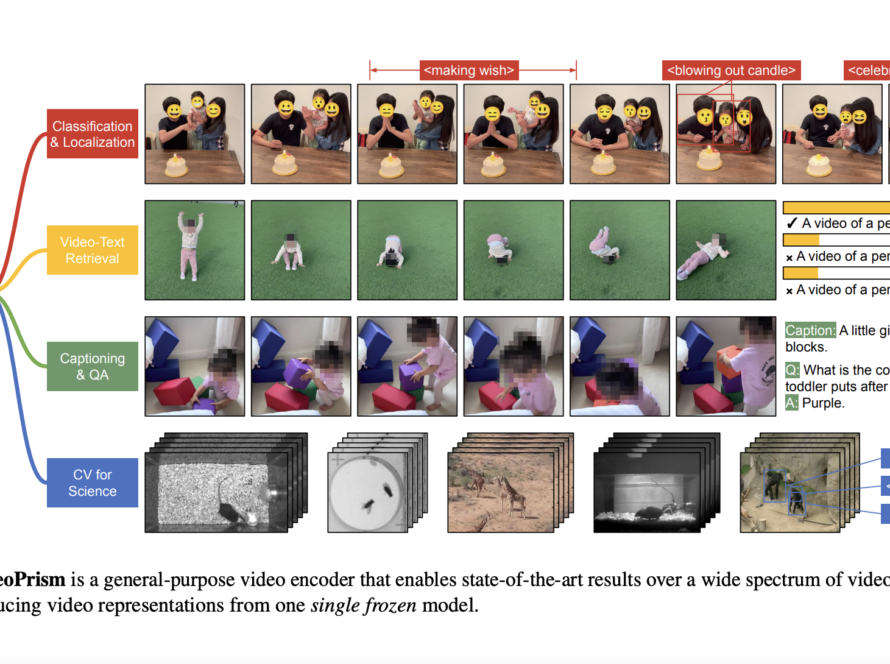[ad_1]
Researchers from Tel-Aviv University and Google Research introduced a new method of user-specific or personalized text-to-image conversion called Prompt-Aligned Personalization (PALP). Generating personalized images from text is a challenging task and requires the presence of diverse elements like specific location, style, or (/and) ambiance. Existing methods compromise personalization or prompt alignment. The most difficult challenge is to balance identity preservation and prompt alignment during personalized image generation, which often results in hindering the fulfillment of user prompts and subject fidelity.
Current text-to-image models struggle to control and align with specific prompts, requiring extensive prompt engineering and re-sampling. PALP focuses on single prompt generation by improving text alignment, which aligns the scene more efficiently as per user prompt. To prevent overfitting in the model, it uses pre-trained models’ knowledge and ensures the alignment with the prompt. It uses Score Distillation Sampling (SDS) techniques to guide the model’s prediction towards the target prompt.
PALP focuses on two main requirements for image generation: personalization and prompt alignment. Personalization fine-tunes a pre-trained model on a small set of images representing the target subject, updating specific network weights and optimizing a new word embedding for the subject. Prompt alignment prevents overfitting by using SDS to push the model’s noise prediction towards the target prompt. The method is compared with existing state-of-the-art methods like P+, NeTI, and TI+DB, and the results show that the proposed method was able to achieve the best text alignment while maintaining high image alignment. The model also showcased excellent results in qualitative evaluation with ten different complex prompts with at least four diverse elements.
PALP has addressed the challenges faced in text-to-image generation and provided the solution to the problem. PALP’s ability to generate images that align with complex and intricate prompts can be beneficial in multiple fields like content creation or on-demand image generation. The results in both qualitative and quantitative evaluations of the methods on different metrics show the possibility of improvement in personalized image generation.
Check out the Paper and Project Page. All credit for this research goes to the researchers of this project. Also, don’t forget to follow us on Twitter. Join our 36k+ ML SubReddit, 41k+ Facebook Community, Discord Channel, and LinkedIn Group.
If you like our work, you will love our newsletter..
Don’t Forget to join our Telegram Channel
Pragati Jhunjhunwala is a consulting intern at MarktechPost. She is currently pursuing her B.Tech from the Indian Institute of Technology(IIT), Kharagpur. She is a tech enthusiast and has a keen interest in the scope of software and data science applications. She is always reading about the developments in different field of AI and ML.
[ad_2]
Source link



